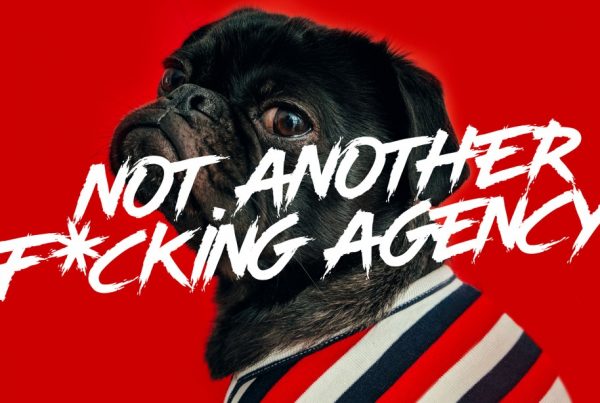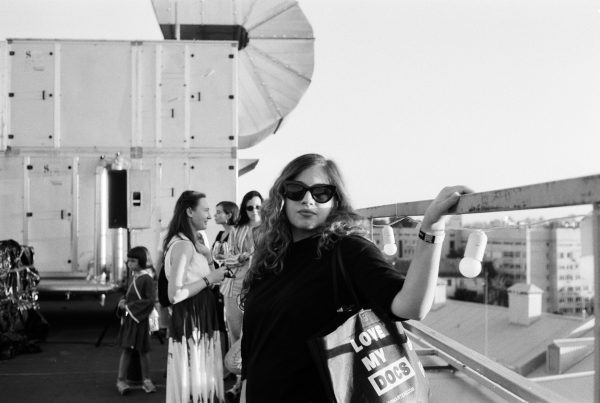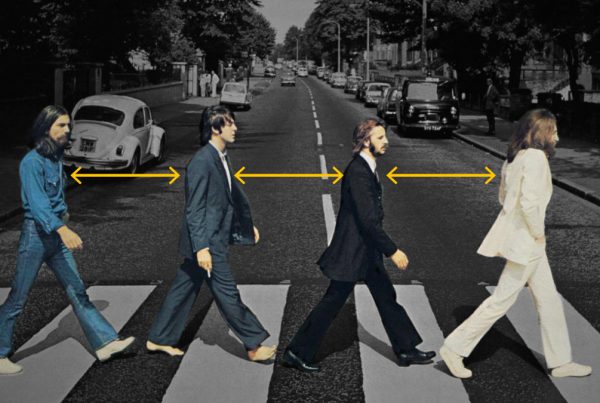We always see a fair bit of confusion when it comes to advertising budgets.
This poses the question: What’s the difference between Advertising, Marketing and Sales? They’re all the same thing, right? Well, no.
Marketing is essentially an umbrella that covers the overall selling of the product or service which includes market research, product planning, sales, distribution and pricing.
Put simply, while advertising can still fall under your paid, earned or owned media banners, it is still a message where you’re in control.
Marketing and Sales are very different, marketing is about the consumer needs of the product/service and selling is about the transactional cycle of the product/service.
It’s easier to break down if you think of your budget as three separate components within your organisation.
When you think Advertising, think what are we trying to say? And how/where are we going to say it?
When it comes to Marketing, we’re asking the question: What are our consumer’s needs in order to see these messages? Promos, Offers, Referral fees, Discounts etc.
And, sales. What are the steps being taken during lead generation in order for it be a paid transaction? A phone call, Email, Follow-ups — i.e. Communication methods of nurturing, engaging and creating a commitment with the client.
So how are you now going to allocate and define your advertising budget?
Here’s 4 methods used by successful independent businesses and our take on them:
A fixed percentage of sales
Begin with the total gross sales of last year or the average sales for the past few years. Allocate a percentage of that figure for your marketing budget (a lot of small to medium-sized businesses try to set aside about 7–10% of annual revenues for marketing).
For your advertising component of the marketing budget, this needs to align with your business goals and possibly the lifecycle of your business.
For example, a business goal might be that you want your product to expand your audience reach or it might be that you want to focus on social networks like Facebook, Instagram or LinkedIn. The weight of each advertising goal is going to impact the percentage you set aside.
Let’s make up some numbers.
Your sales are $4million annually and you’ve decided to allocate 10% on your marketing, creating a $400,000 budget where you might choose to have 40% ($160,000) go towards your annual advertising initiatives.
The benefit of this method is that it’s easy to understand and relatively safe as its based on previous sales.
Comparable to the competition
Have a look at trade associations or any industry publications as they can normally provide an average amount or the percentage companies are spending on advertising, and you could adapt this to your company.
With this method, you need to be wary that you’re comparing your company to a similarly sized business in terms of both resources and revenue.
Objective and task-based
Workshop the specific objectives you want to achieve and map out the tasks required to meet those objectives.
Then determine your budget by estimating the costs of carrying out those tasks. If you can’t afford to do them all, prioritise and focus on the top few. Advertising can be a long term investment, your campaigns can be forward thinking so that your objectives can be achieved over a number of years, with the previous tasks all being a building foundation.
With a method like this, you would want to allow for some contingency in case your estimations aren’t accurate. The other thing to note is that this method takes a lot of trust and belief in the risk because if an Ad flops, it can be pricey.
The All In — Max it out
Set aside just enough money to sustain the business or enough for the family, then spend the rest on marketing.
Lots of fast-growing businesses go for the age-old “you have to spend money to make money” but it can be risky.
If you don’t set aside the appropriate operating costs to sustain your business and then rather than creating a proactive energy for your business’s growth, it becomes a reactive environment (safe to say, we don’t love this method).
Personally, we’re in this industry to see businesses flourish with the help of our Advertising Creative Agency #hatchetagency. We love being part of an organisations’ story and seeing a business grow from strength to strength, which ultimately takes time — there’s no quick fix. The best method we’ve found is to be more proactive about where you want your business to go and how you’re going to achieve that.
Obviously, everything in business costs money, so getting your budget to align with where you want to see your business grow in 2, 5, 10 years is crucial in setting a budget that works for you and your business. We take a consultative approach to this important stage of any business — whether you’ve been in business for 10 years or 2 years, a business workshop can be a great way of being proactive towards your goals. So come time for budget-setting, you are equipped with the knowledge of where your headed and can prioritise and allocate your funds accordingly.


